The history of animation and moving pictures doesn’t only lead to the world of cinema. While cinema has yielded traditional hand-drawn cel animation through to more advanced animation techniques such as rotoscoping (tracing live action), puppet animation, claymation and computer animation, there are other forms away from the big screen that have continued to thrive. Living in the shadows of cinema, another rich and diverse artistic and technical culture encompasses a variety of different formats, spanning the ages. From ‘flick books’ through to complex mechanical devices, they are united by one aim: to bring still images to life. We reveal a selection of the most notable examples.
Zoetrope
The zoetrope is probably the best known precursor to modern film animation. So much so that Francis Ford Coppola, legendary director of The Godfather and Apocalypse Now chose to name his own production company – American Zoetrope – after the device. Coppola felt that the innovative spirit of the original zoetropes would provide a vital direction for his company, with a drive towards more creative and original filmmaking. The classic zoetrope consists of a spinning drum with vertical slits and a series of sequenced images fitted in a loop inside the drum. As the cylinder is rotated, the viewer – focusing on one image – gets the impression that the image is moving.
A variety of similar devices have been created throughout history – even with claims of similar ancient models having been in existence. However, the most recognisable modern version was created by British mathematician William George Horne in the 1830s. It wouldn’t be until 30 years later, however, that the device gained widespread popularity. Fascination with the humble zoetrope continues to this day, with a variety of artists and animators still choosing to experiment with its charm – despite its obvious limitations. The unusual space invader zoetrope above was cross-stitched by craft artist Moxie Lieberman for a Seattle exhibition in 2011.
[Image: animated gif by Mike Wunn, photo by Rosalie Gale.]
Zoopraxiscope
Born Edward James Muggeridge, Muybridge chose to adopt what he felt was a more Anglo-Saxon version of his name. Personal affectations aside, Muybridge is remembered today for his pioneering work in stop motion. In particular, his series of works on animal locomotion – essentially the way that animals move – documented the movement of horses, buffalo and other animals using a series of still images projected via Muybridge’s self-invented Zoopraxiscope. The device involved photographs of animals printed on a disc and then coloured by hand to create silhouettes. A classic example is The Horse In Motion from 1878, pictured above. The approach was later adapted by Thomas Edison for his Kinetoscope, a commercial device for projecting motion pictures.
Kineograph
The chances are that all of us have dabbled in a little kineography at some time or other. The kineograph, to give it its formal title, is of course better known as the ‘flick book’ or ‘flip book’, beloved by children the world over. The principle is deliciously simple: take a small notebook, draw a serious of sequenced images, and then let thumb-power provide the instant animation. While flick books with ready-made sketches or photos exist, surely the handmade touch is the most satisfying.
More recently, kinetic artists Mark Rosen and Wendy Marvel have developed mechanised flip books that allow users to turn a handle on their retro-styled flipbookit device (pictured above) that works by rotating a handle on the side. This has already been adopted by a number of artists to explore the possibilities of the defiantly old-school format.
GIF
The Graphics Interchange Format (better known as GIF) was one of the very first image formats used online, when it was introduced by CompuServe in 1987. Its ability to store multiple images on one data file also opened up the intriguing possibility to create simple animations. The rest, as they say, is history, and the animated GIF became the default medium for depicting everything from animated mailboxes to flags flying in the breeze, through to dancing babies. The humble GIF continues to be one of the most popular formats for both creative and amusing online animations. Love it or hate it, the animated GIF seems here to stay and is now enjoying a renaissance on social media sites such as Tumblr and Google Plus.
Cinemagraph
Essentially, cinemagraphs are the more sophisticated cousins of animated GIFs. While GIFs can also be used for artistic effect, too often they are reduced to the lowest common denominator. Cinemagraphs, however, have attracted more artistic creators, and the desired effect is a more limited – but at the same time more subtle and effective –one. Created by freezing video footage to only allow a small portion of the video to remain in motion, the cinemagraph effect is surprising and can be, by turns, mystifying, unsettling, amusing and dramatic – in short, precisely the kind of territory that any artist hankering for a new medium would relish.
Animation 101
Artist Tobias Lievens presents the history of animation as a cut-out animation:
Article by James Lee-Tullis

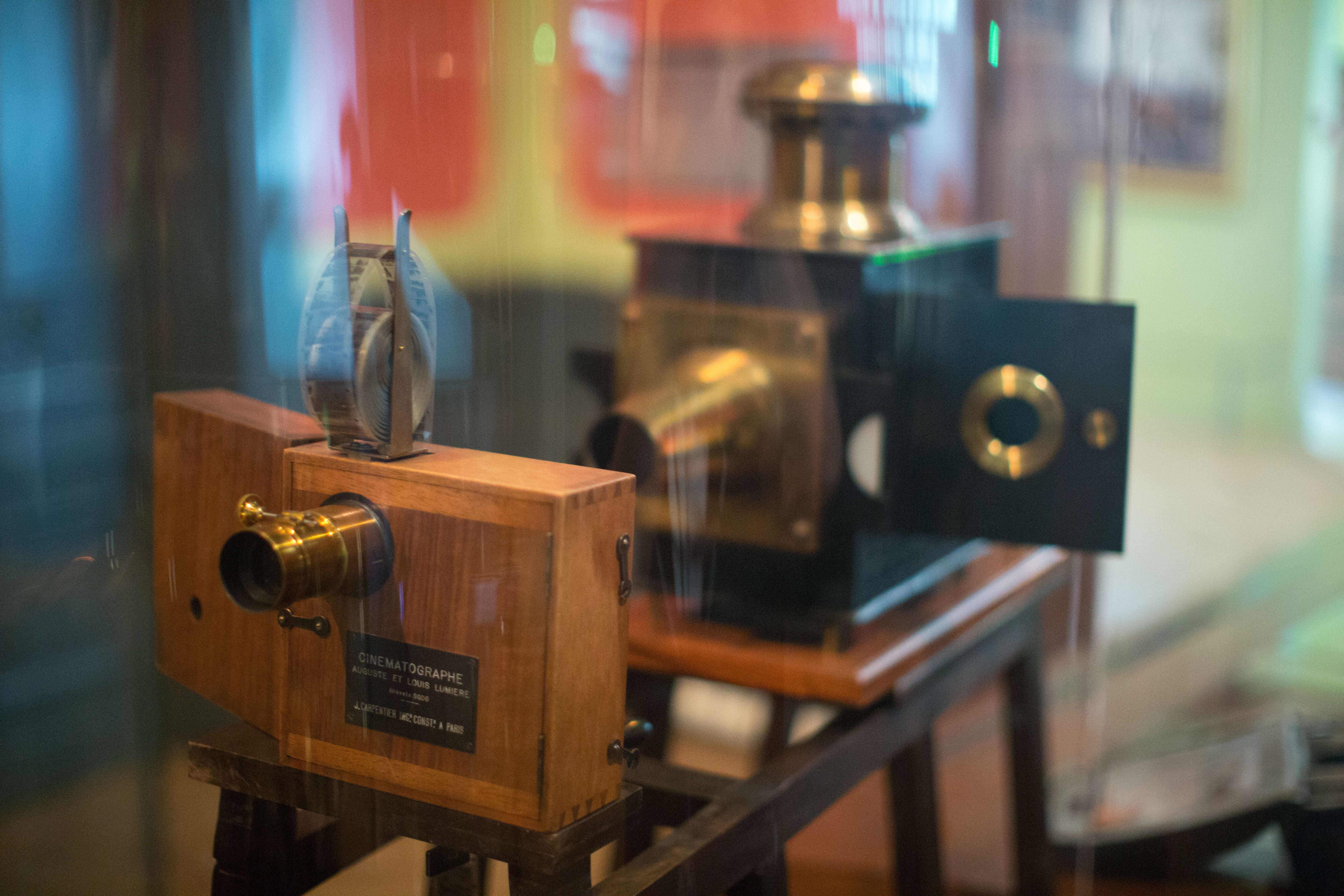




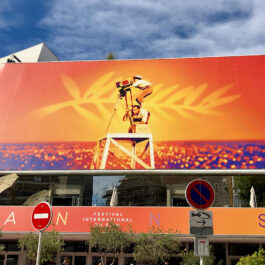

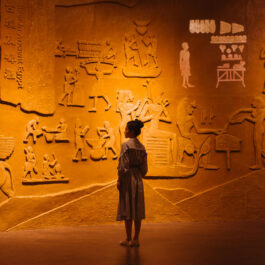
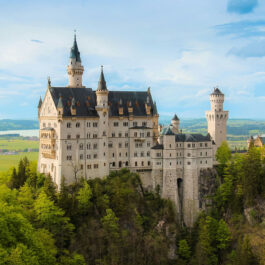
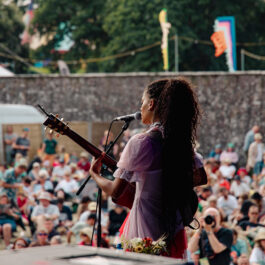

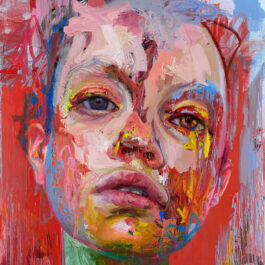

Sorry, the comment form is closed at this time.